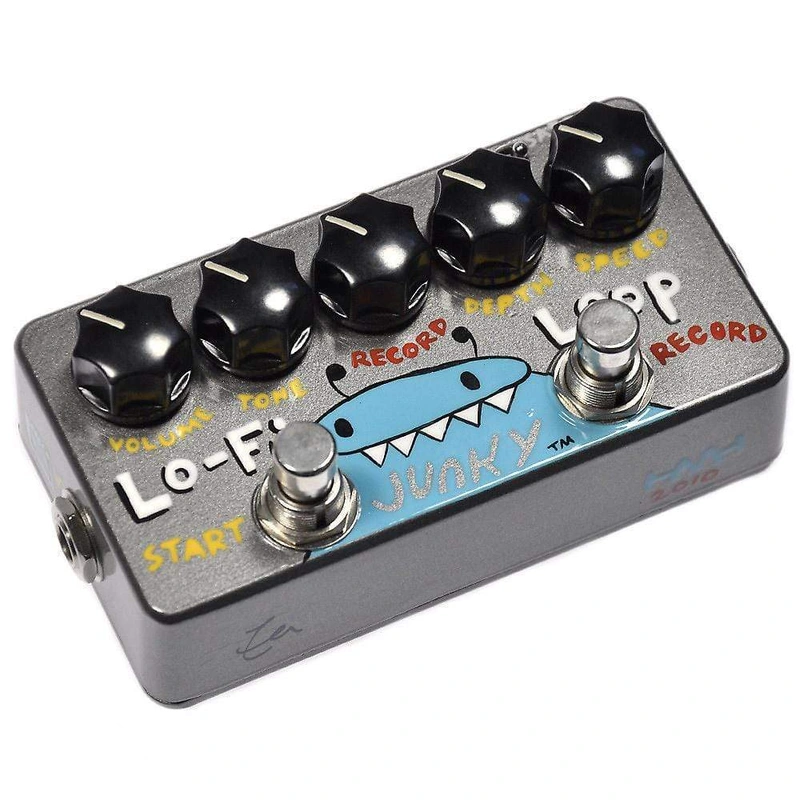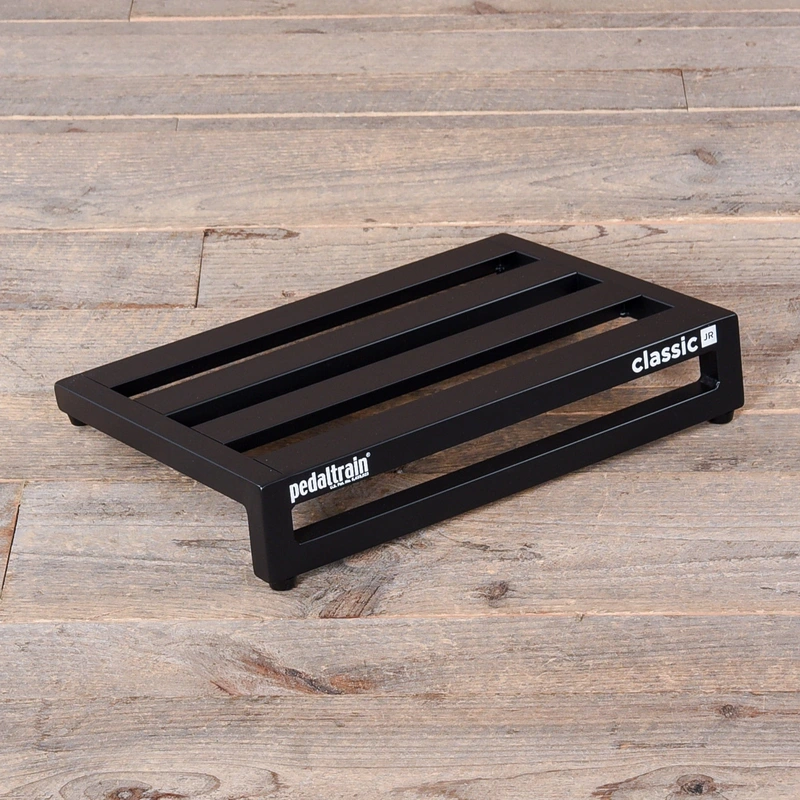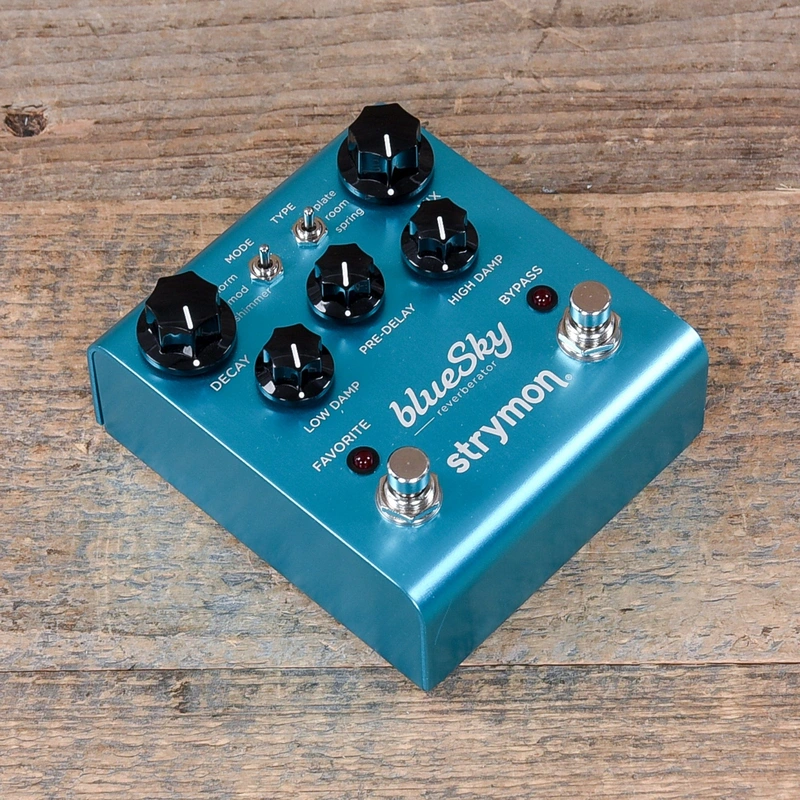This is the Lo-Fi Loop Junky. It’s really low fidelity… the recording of your guitar is filled with hiss, moan, distortion and warped-record strangeness, but everyone will be able to tell the loop from your real guitar. Because the processing of your direct guitar is done with my new bootstrap circuit, with the very highest impedance circuit Zvex has ever developed (even higher than the super hard-on circuit) your direct guitar will have detail incomparable with anything you’ve ever heard. The juxtaposition of your direct guitar against the smashed, distorted, shimmering/warbling recording of the loop mechanism will make it clear once and for all who is the guitarist and what is the machinery.
Many have been bothered by digital loopers. Who knows who is you and what is the device? Enter the Lo-Fi Loop Junky. No one will ever question who is who and what is what again.
There are distinct advantages and disadvantages to this new, tiny, battery-saving device. You may only record one loop. There is no sound-on-sound available with this technology for now. But, if you unplug your cables, take out the battery, and bury it for a hundred years, the last loop you recorded will still be there when you drag yourself out of the grave and plug it in for the centennial resurrection gig. That’s because it uses really bizarre technology that literally crams analog signals into static digital storage cells without a-to-d conversion. That’s right… THERE IS NO ANALOG TO DIGITAL CONVERSION. It’s pure analog storage, just like the old bucket-brigade technology, for 20 seconds straight. It would take 25 800ms analog delay pedals to hold the loop that this thing can play. For those of you who know how an a-to-d converter works, Zvex offers this brief explanation: Inside the big fat chip, the voltage of the analog signal is sampled thousands of times per second and stored in sample-and-hold cells. The voltages of these individual cells are transferred using a horrifying silicon machine that squirts charge (something like a caulk-gun) into digital storage cells normally designed to hold ones and zeros. When the circuitry decides that the voltage in the cell is close enough to the sampled voltage (who can predict?) it moves on to do it again. It’s like some kind of electronic Russian roulette, where the recording may or may not be accurate when compared with the original, but at least no computer ever puts its paws on the signal. Dig? There are no computers and no a-to-d conversion chips in this pedal!
How does it sound? Some people compare it to a warped, damaged 45-rpm record. Some say that the compression is immaculate, while some say it destroys any concept of the original dynamic. Some say that the noise is intolerable… some say it’s as precious as snow in the middle of nowhere. Some people have no taste. Lucky for us, taste is not the issue. We can promise one thing… your direct guitar will sound impeccable. We can’t promise that the loop will sound good… you’ll have to make some adjustments to your concept of “good” to be sure of that. We can promise that the loop will be different from any sampler you’ve heard.





Reviews
There are no reviews yet.